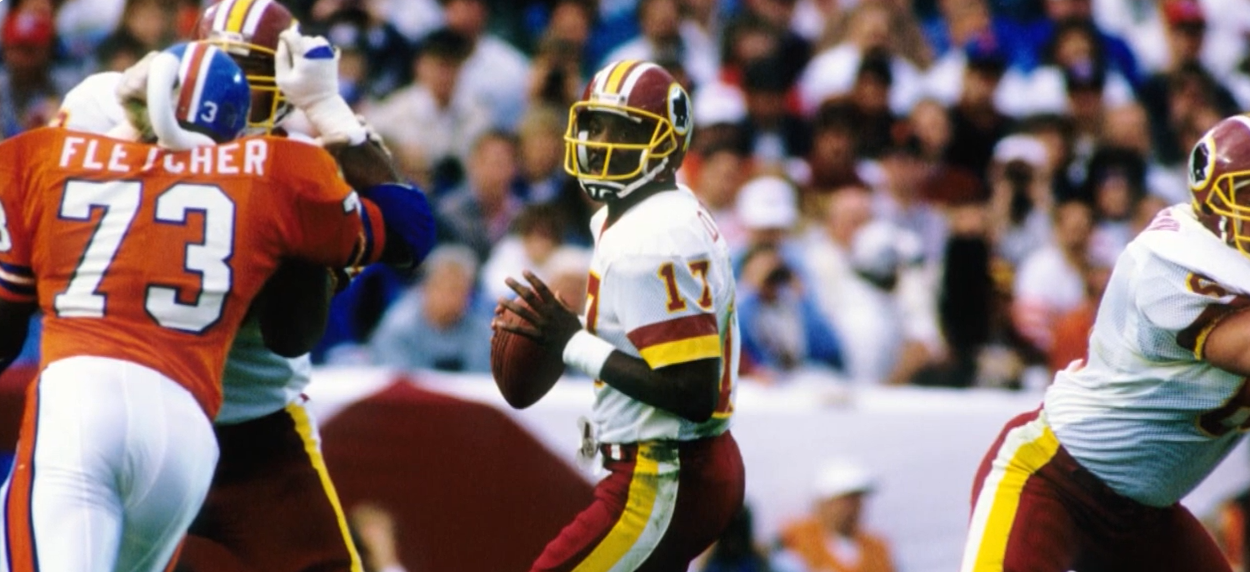Dr. Brooks Robinson\Black Economics.org
Photos: YouTube Screenshots\Wikimedia Commons
Check yourself! Anger and disappointment are likely to arise as you read this essay. The important and relevant question is: “What do you do with the anger and disappointment?”
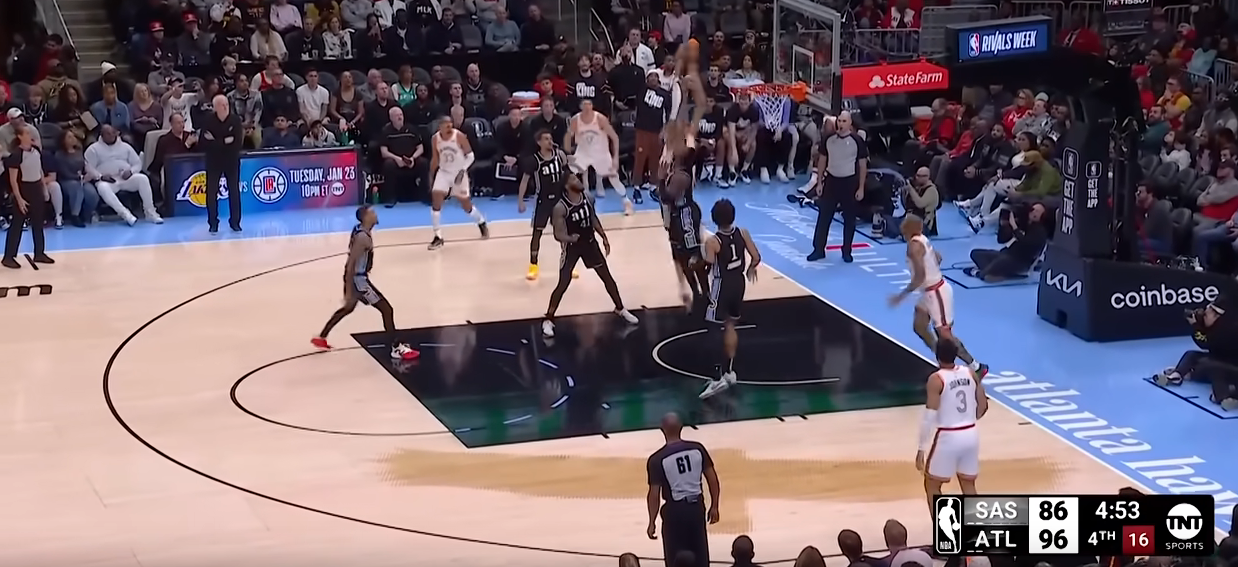
We kickstart this essay with a reconsideration of a January 2019 BlackEconomics.org Commentary entitled, “No Longer a Credible Threat.” It is less than one and one-half pages long. Please read it!
Also, please consider the preface of a 2011 BlackEconomics.org monograph, 53. The preface states in part:
At the beginning of football or basketball season, ask any young Afrodescendant
boy who loves sports concerning who is going to win the NFL or NBA
championships and you can be assured that he has a vision. He will not only tell
you which teams he expects to win the championships, but he will also tell you the
reasons why his expected outcome may not materialize.
We can expand the latter statement to refer to young Black American (Afrodescendant) girls and to include references to women’s professional football leagues and to the WNBA.
The point is that our youth know a tremendous amount about sports. Realize that to enable their “forecasts” of game and championship winners, they have insights about teams and players that are, and are not, credible threats (offensively and defensively).
Believe it or not, much of the foregoing is at the heart of “the Black American problem!”
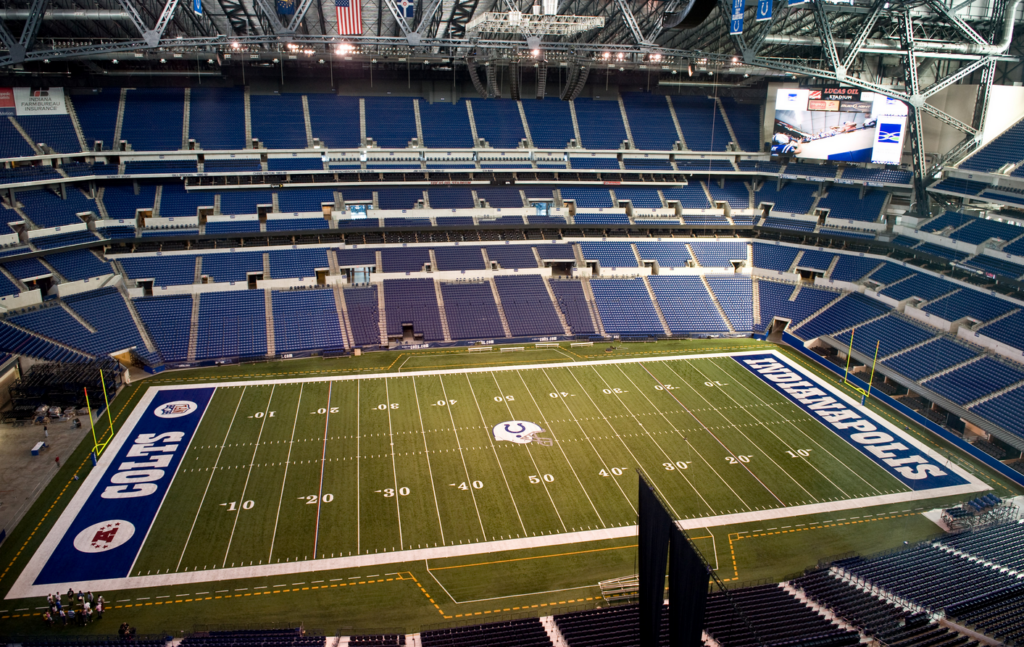
We are in the heart of the college and professional football seasons, and at the outset of college and professional basketball seasons. The following is what we know without slinging a multitude of statistics at you. Black American athletes are the life blood, and at the core, of these sports. In one sense, this could be a very favorable outcome. On the other hand, the situation is unfavorable because we are not the major material beneficiaries of these sports entertainment activities. Total
2022 revenue for Division I colleges’ and universities’ athletic programs (mainly from football and basketball) was about $17.5 billion.[i] Total 2023 revenue for the NFL and the NBA was about $30 billion.[ii] Although an answer is not readily available, we should ask: Which portion of these revenue amounts were squeezed out as compensation for Black American athletes?
The relative size of the ratios that serve as answers to the latter question is the tip of the Black American iceberg-sized problem. But the analysis must go further. We must enquire: Which portion of the revenue earned by firms and individuals who leach from the college and professional football and basketball operations end up in the pockets of Black Americans? Here, we are referring to: Construction firms that build and maintain sports facilities; manufacturing firms that produce sporting equipment, uniforms, wearables, and other paraphernalia; firms that provide electric and water utilities for sports venues; telecommunications services for sporting events (producers and consumers); service firms that provide food, custodial, and waste management services for sport venues; wholesale and retail sales firms that provide sports wearables; marketing firms that manage ticket sales; media production firms and individuals, including sports programs, commentators, writers (inside and outside of well-known networks), and producers of advertisement; legal, financial, artistic, and non-sports entertainment, consulting, and other service firms that assists firms and individuals in sports entertainment; agricultural, manufacturing, and retail firms that provide food and beverages for consumption at home in connection with the consumption of sports entertainment; hotel and accommodation services for those engaged in football and basketball sporting events; air and road transportation service firms that provide services to athletes and fans; escort services; childcare service providers who enable parents to “take the night off” and attend sporting events; and etc.? Certainly, this list is not exhaustive.
According to the latest US Government industry statistics from the Bureau of Economic Analysis (BEA), the Arts, entertainment, recreation, accommodation, and food services (AERAFS) industry group accounted in 2023 for $2.4 trillion of total economic output for the nation of $48.4 trillion.[iii] It is important to note that only seven of the 15 industry groups in these statistics reflected a higher level of output than the AERAFS industry group. Although Sports entertainment is just one facet of the just mentioned industry group, Sports entertainment must be viewed as accounting for a significant portion of the industry group’s output. Again, which portion of this $2.4 trillion pie finds its way into Black Americans’ hands? Reversing the question and posing an even more important question: How much of the $2.4 trillion in revenue escaped from Black Americans’ pockets and into the accounts of AERAFS industry group operators.
Also, a check of the latest US Government statistics on how the nation’s residents expend our time, the Bureau of Labor Statistics reports that Americans expended 21.5% of an average day (5.15 hours) on Leisure and sports activities during 2023.[iv] For Black Americans, it was 23.0% of an average day (5.51 hours). In other words, Black Americans expended about 7.0% more time on Leisure and sports activities than other Americans.
Given the foregoing information, the questions begging to be asked are: Are we spending too much time on, and not reaping enough of the material benefits (revenue/receipts) from, Leisure and sports activities; especially for a People who are at the heart of these activities, yet at the bottom of the socioeconomic hierarchy. Are our assertions that “we desire to rise” consistent with these outcomes?
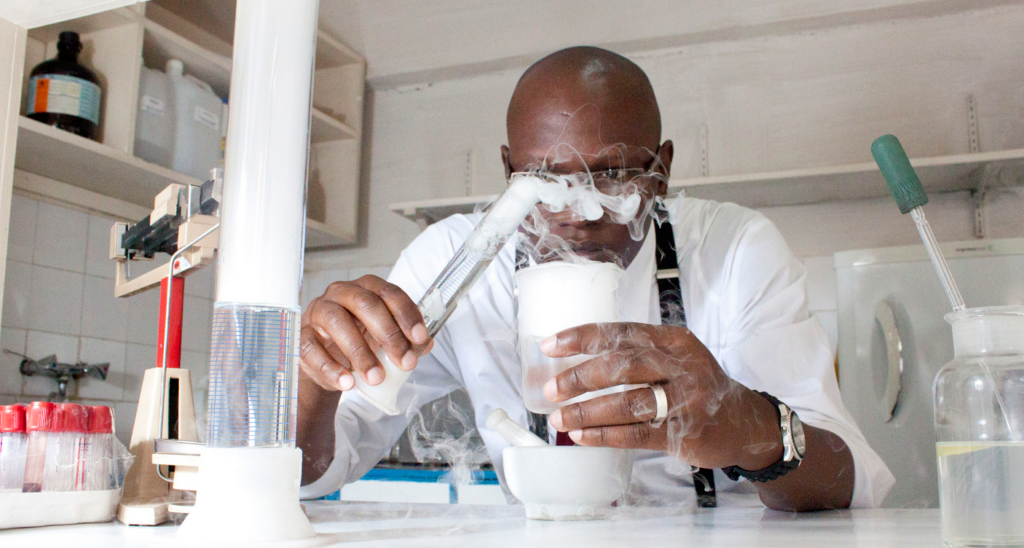
Do we recognize that, for 2021, only 9% of Black Americans were employed in so-called Science, Technology, Engineering, and Mathematics (STEM) occupations compared with 64% of White workers? That is, less than 10% of Black American workers can live life free of the near immediate threat of obsolescence. What happens to the mind and body of a person who is incessantly under a subconscious threat that their very livelihood can vaporize before their very eyes? Would it not
be wise to redirect a considerable portion of our energy and efforts from becoming proficient in sports entertainment to becoming STEM professionals or proficient in other occupations that are expected to have much longer time horizon to obsolescence?
The foregoing paints a vivid picture of Black Americans largely engaged in activities that are “time fillers” with little significant usefulness other than to create economic opportunities mainly for others. Also, Black Americans in non-STEM occupations are not likely to have significant roles in important future production opportunities. Accordingly, Black Americans’ most important future economic role is likely to be as consumers and producers of goods and services that enrich
others—with little prospect of ever reducing further the income and wealth gaps. Given such trivial and unimportant roles, we should recognize that we are not a credible threat, and that every effort will be made to keep us corralled in this position/condition so that we never become a credible threat.
As long as we remain a non-credible threat, we can expect to experience outcomes similar to those that materialized for the November 5, 2024 US National Election. We will be viewed as an expendable People allowed to exist only if we do not upset the apple cart. This is the reality that Black America confronts. We do not urge dramatic, drastic, or radical efforts to transform our condition in lightening quick fashion. Rather, we urge systematic and persistent efforts to halt and then reverse our condition, which is akin to that of the mythological frog that remains in a pot of water with a temperature rising toward the boiling point. If we do not find our
way out of this pot, then our outcome is assured. As always, we not only seek to identify problems, issues, and concerns, but to offer potential solutions/responses. In this case, we simply point to the Long-Terms Strategic Plan for Black America (https://www.ltspfba.org/LTSP/fin_ltspfba_071223.pdf, 1.5 MB).
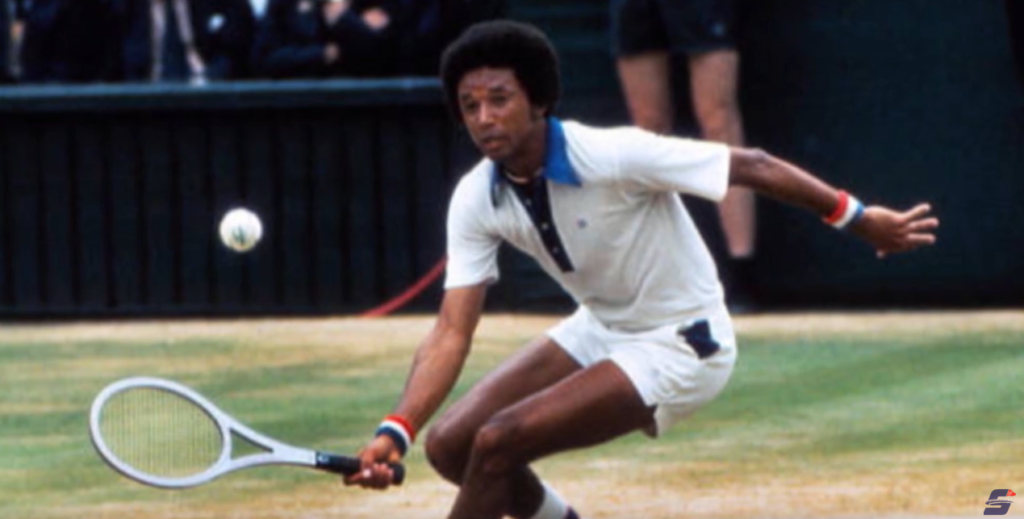
Dr. Brooks Robinson is the founder of the Black Economics.org website.
[i] The revenue statistics for Division I colleges’ and universities’ athletic programs are from Generative Artificial Intelligence (AI) Google Searches using Chrome. (Ret. 111524).
[ii] The NFL and NBA revenue statistics are from Generative AI Google Searches using Chrome. (Ret. 111524).
[iii] These estimates are from the U.S. Department of Commerce, Bureau of Economic Analysis (2023). “The Make of Commodities by Industries, After Redefinitions – Sector2023;https:apps.bea.goviTablereqid=150&step=2&isuri=1&categories=makeuse&_gl=11bc8oym_gaMTA5NDc1Mjg0NS4xNzI2MjQxNzI3_ga_J4698JNNFT*MTczMTc0MDI4Mi4xNC4xLjE3MzE3NDA0NjYuNjAuMC4w#eyJhcHBpZCI6MTUwLCJzdGVwcyI6WzEsMiwzXSwiZGF0YSI6W1siY2F0ZWdvcmllcyIsIkdkcHhJbmQiXSxbIlRhYmxlX0xpc3QiLCI2MDExIl1dfQ== (Ret. 111424).
[iv] See Bureau of Labor Statistics (2024). American Time Use Survey. News Release (Tables 1 and 3). US Department of Labor Statistics. Washington, DC: https://www.bls.gov/news.release/pdf/atus.pdf (Ret. 111424). This Leisure and sports category includes time spent in sports, exercise, and recreation; socializing and communicating; and other activities. Sports, exercise, and recreation activities include participating in—as well as attending or watching—sports, exercise, and recreational activities.
